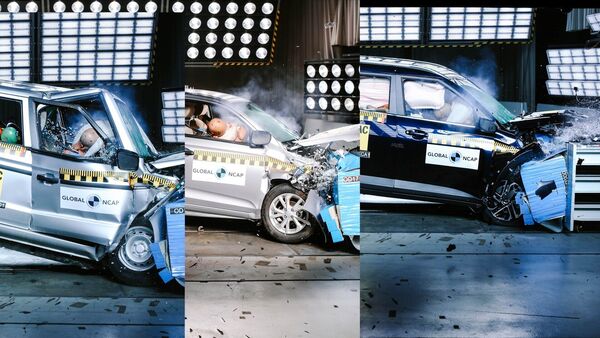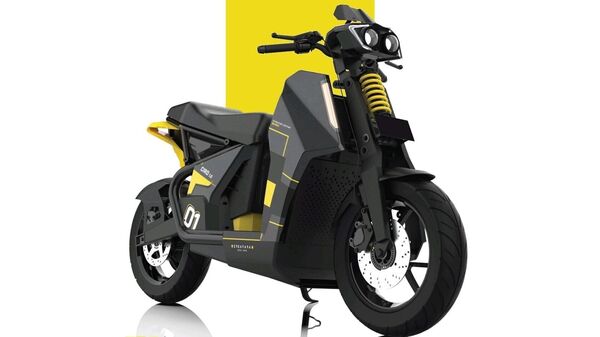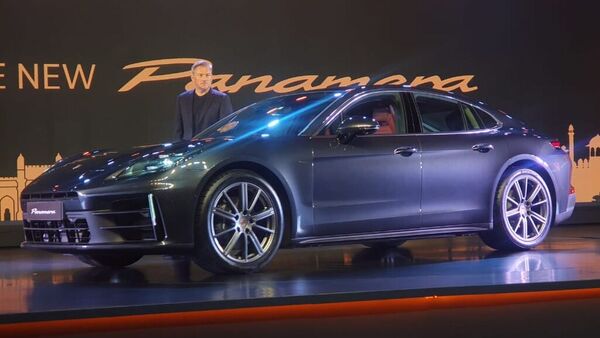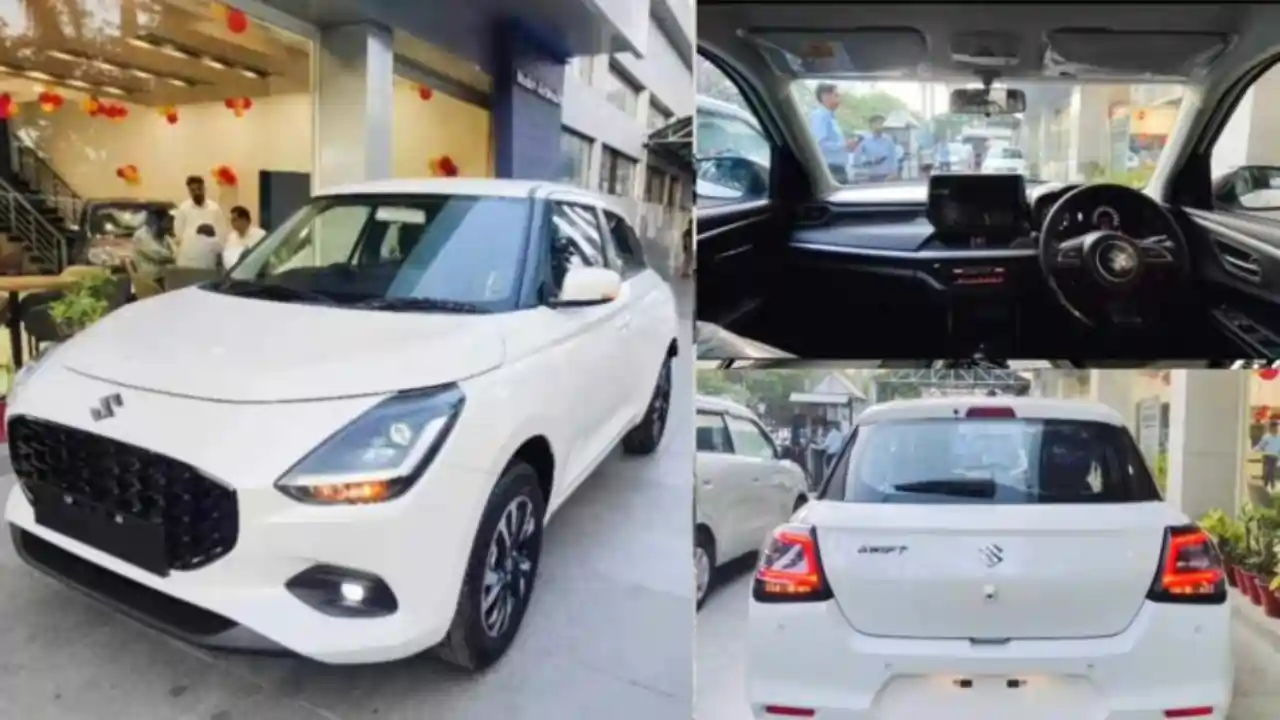
Why older vehicles get low safety ratings: New Global NCAP norms explained
9 days ago | 19 Views
Safety is increasingly becoming a top priority for Indian consumers, with a notable percentage showing a preference for updates on safer routes, maintenance alerts, and vehicle health reporting to enhance road safety and mitigate potential collisions.
Recent studies indicate that cost is no longer the primary factor driving consumer decisions. Instead, the average consumer is placing greater emphasis on the overall experience, giving priority to factors such as product quality, vehicle features, and brand image.
This shift in consumer preferences is steering the Indian automotive industry towards a greater focus on safety features. Indian automakers have continuously been working to enhance safety across their vehicle lineup.
Concurrently, global safety watchdog Global NCAP (GNCAP) has also been raising the safety bar. Recent crash test results released by GNCAP highlight this focus on safety, with vehicles like the Honda Amaze, Kia Carens, and Mahindra Bolero Neo undergoing significant safety assessments.
While the Honda Amaze and Kia Carens were launched in 2021, the Mahindra Bolero Neo was launched in 2023. However, the Mahindra Bolero Neo is essentially a rebadged version of the older Mahindra TUV 300. This suggests that these vehicles were developed with older safety standards in mind, which could explain their lower safety ratings under the new GNCAP norms.
Honda Cars responded to the latest safety rating of the Amaze sedan by stating, "The South Africa spec second Generation Amaze has already been tested as 4 star by GNCAP in 2019. The latest test basis new protocol shows that the total score is of 5 star level. However mainly due to requirement of certain equipment like Electronic Stability Control and Side Curtain Airbags, it resulted in lower rating." In 2019, the Honda Amaze received four stars for adult occupant protection and one star for child occupant protection.
Global NCAP's new crash test norms, effective from July 2022, have raised the standard for vehicle safety assessments. Previously, GNCAP assessed vehicles based on a single frontal crash test known as the (Front) Offset Deformable Barrier (ODB) test. This test involved crashing a vehicle into a deformable barrier with 40 percent overlap at 64 kph and assessing the vehicle's performance based on the readings from test dummies inside the car.
However, the new standards now test vehicles holistically, including frontal and side-impact tests, and also consider a vehicle's active safety features, providing a more comprehensive evaluation of vehicle safety.
GNCAP new protocols
Under the new crash test protocols, the older frontal impact test remains unchanged, but with a closer monitoring of chest load readings. In addition to this, the side-impact test has is now become mandatory. In case if a car fails to score any points in the frontal crash test, GNCAP will not be obliged to test the vehicle for a side-impact rating. Furthermore, for the side-impact test, the presence of a child crash test dummy is now mandatory.
Moreover, adult safety assessments will now be based on 34 points instead of the previous 16 points. These points will be divided into three sections — 16 points for the frontal crash test, 16 points for the side-impact test, and 2 points for seatbelt reminders. To earn the full two points for seatbelt reminders, vehicles must have a seatbelt reminder for all seats.
Also watch: Mahindra Bolero Neo, Honda Amaze disappoint, Kia Carens improve safety ratings at Global NCAP test
To achieve a full safety rating, vehicles must meet certain conditions:
- Pole Side Impact: The new rule considers side head impact tested against a pole, which was not part of the older norms. To qualify for this test, vehicles must have a head protection system as mandatory. India's forthcoming regulation requiring six airbags could encourage automakers to comply with this rule.
- ESC (Electronic Stability Control): GNCAP mandates ESC for cars to secure a five-star safety rating. All carmakers are required to offer ESC as standard within two years of the test publication, and it must be a standalone feature, not combined with any other function. Carmakers can also make ESC a standard feature in the best-selling variant until then.
- Pedestrian Safety: Pedestrian safety is also a consideration for cars to secure a full five-star rating. Car manufacturers must obtain validation for UN127 or GTR9 tests and provide the results for these tests.
Read Also: bmw i4 electric sedan receives minimal styling tweaks and feature updates

















